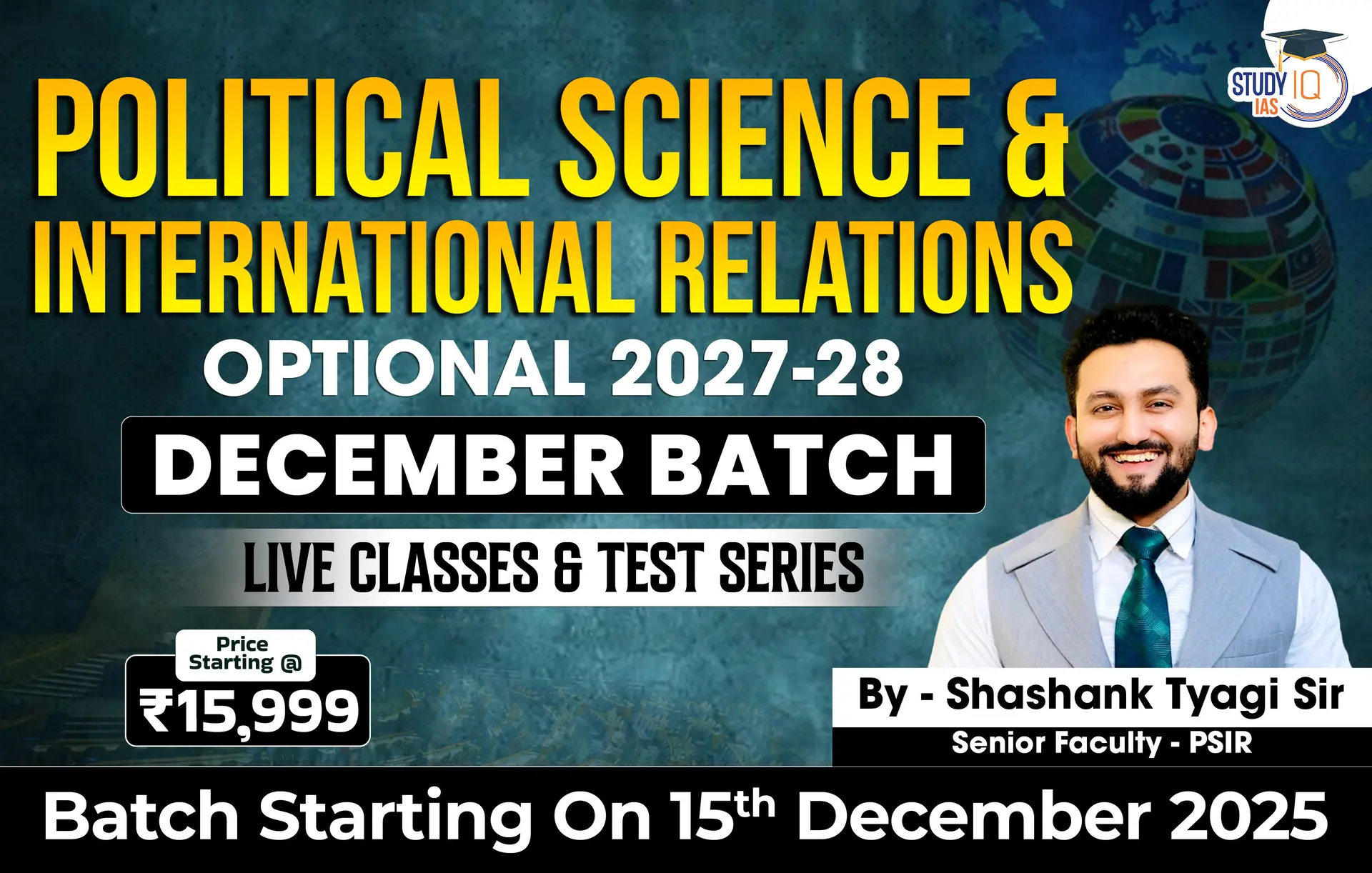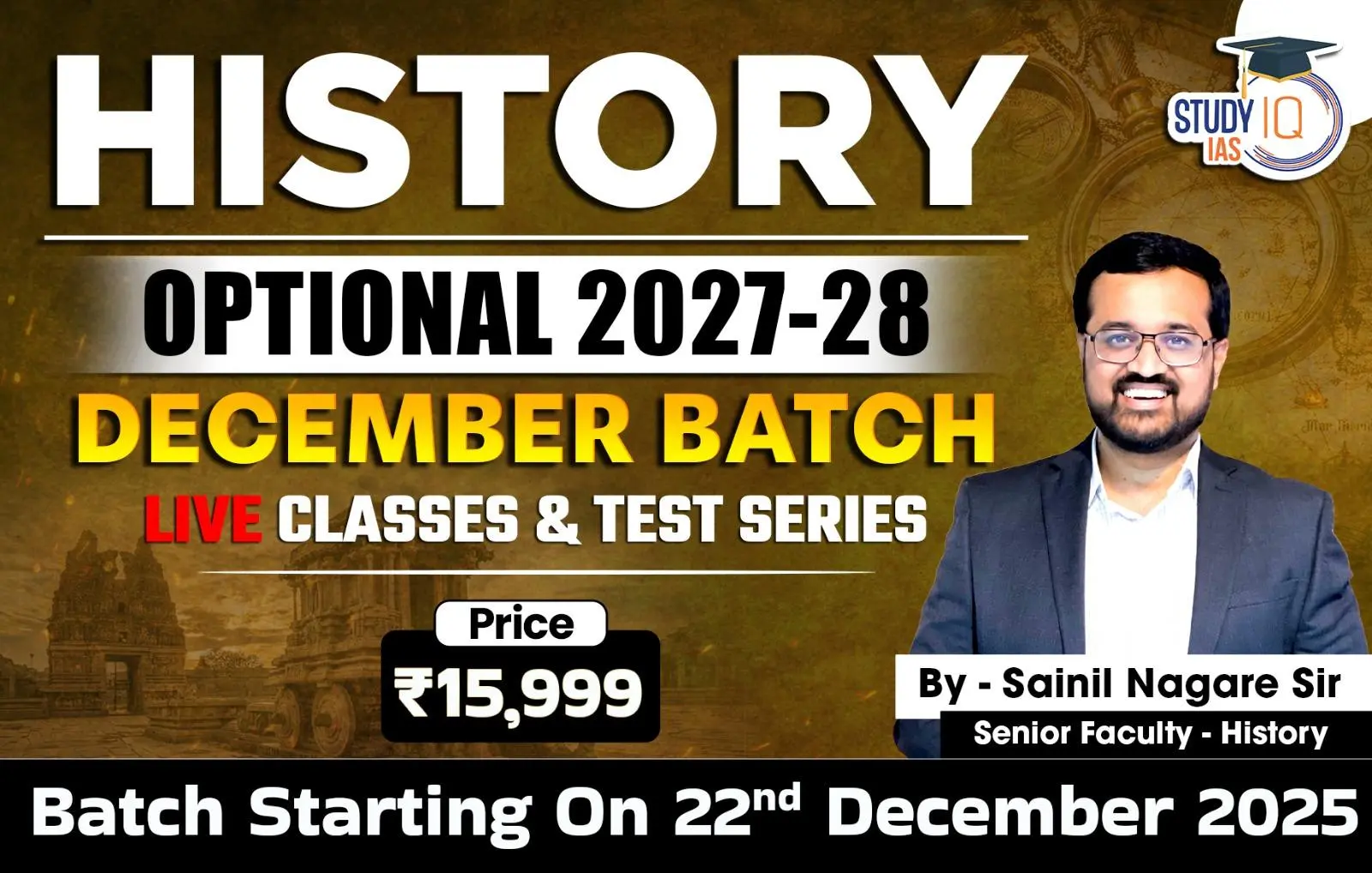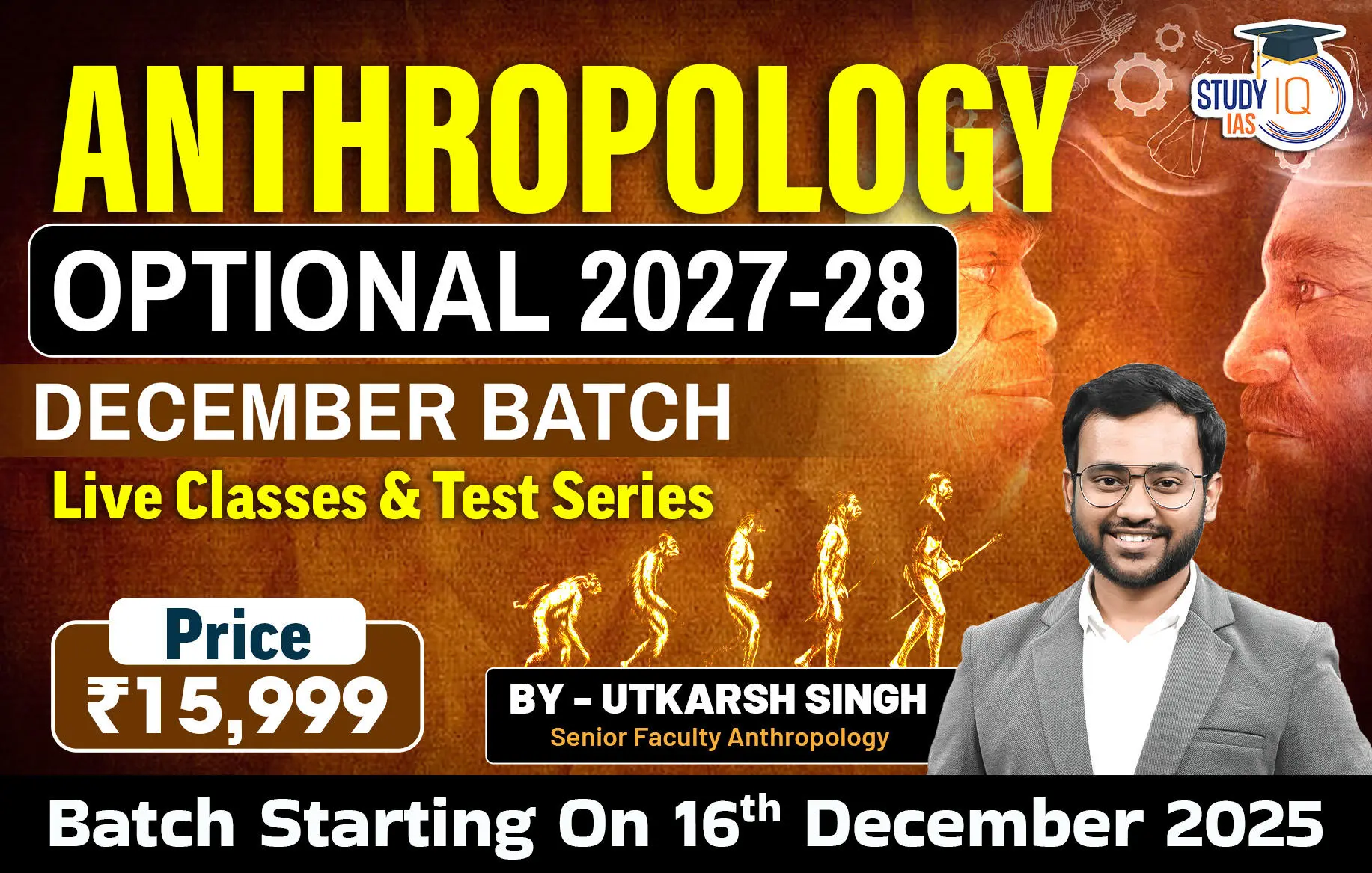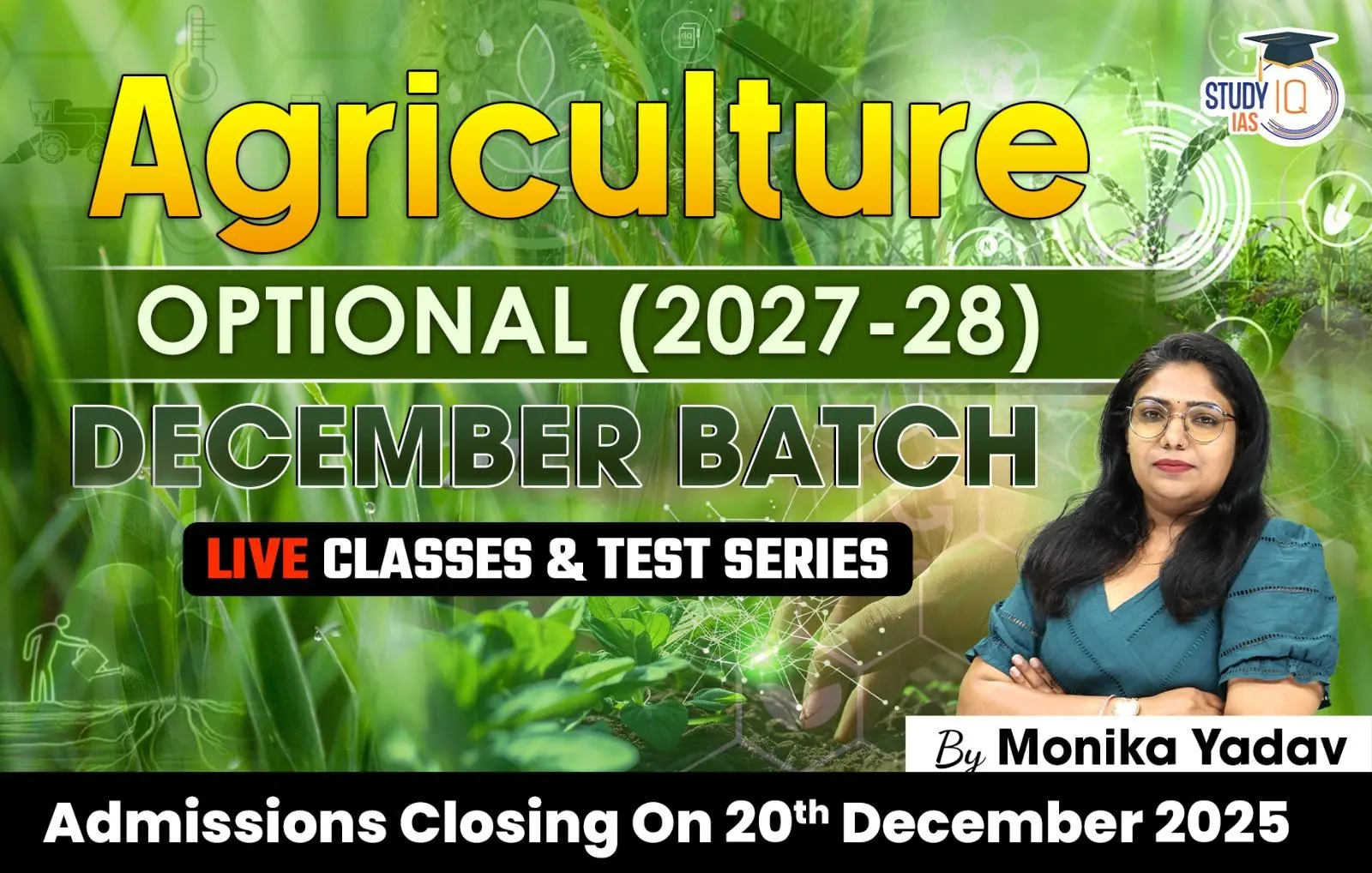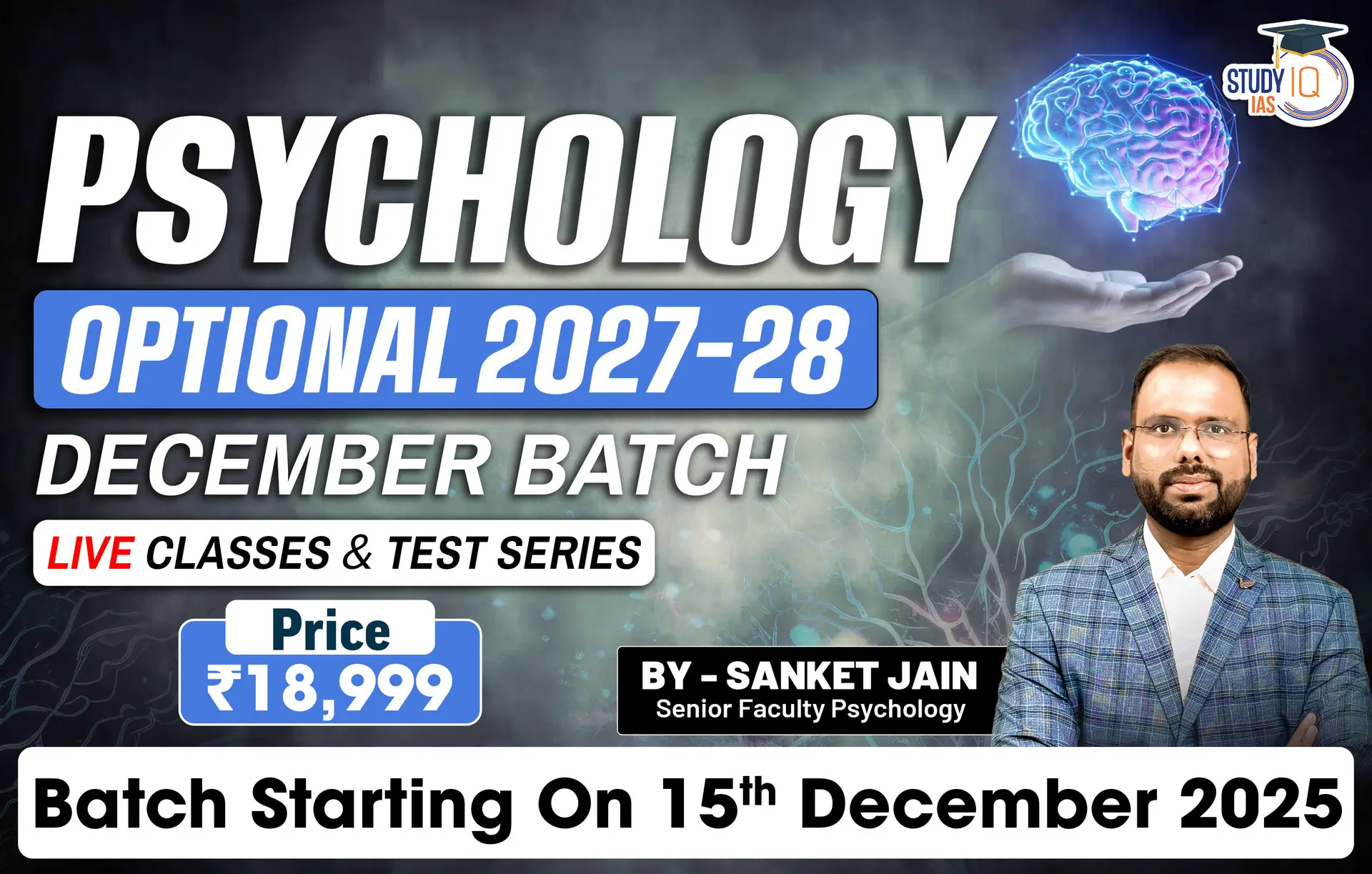Table of Contents
Multi Omics
Context: India’s use of multi-omics is revolutionising the detection and treatment of diseases like tuberculosis (TB), cancers, and antimicrobial resistance.
What is Multi-Omics?
- Multi-Omics refers to an integrative approach in biological research that combines data from multiple “omics” fields to provide a comprehensive understanding of biological systems and processes.
- Each “omics” field studies a different aspect of the molecules that make up an organism.
- By integrating these diverse datasets, researchers can gain a more holistic view of how genes, proteins, and other molecules interact and contribute to health and disease.
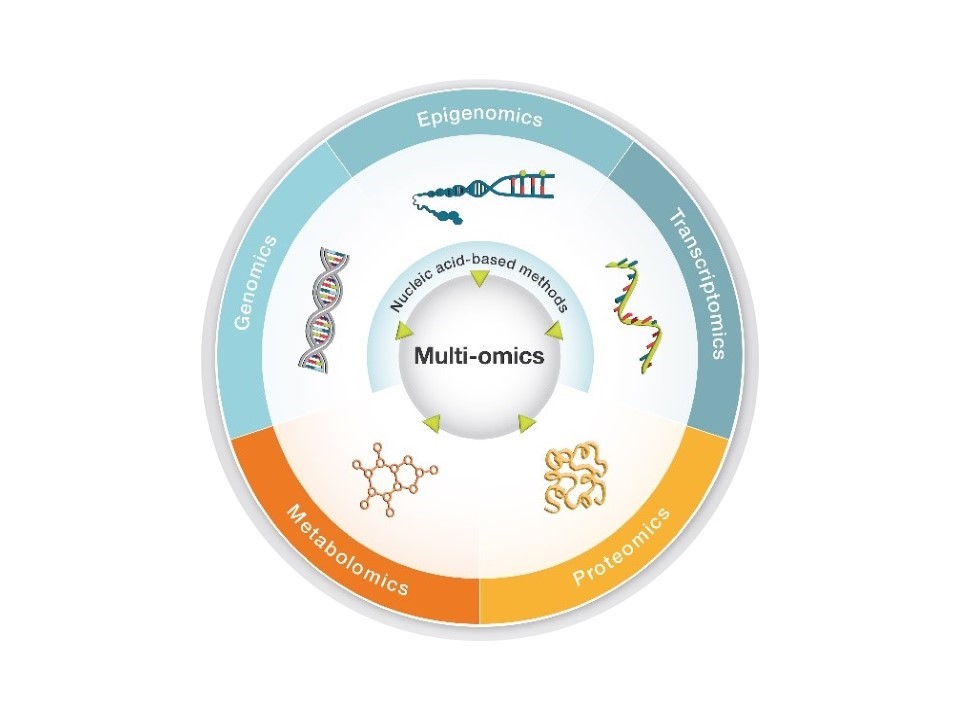
Key Components of Multi-Omics
- Genomics: Study of an organism’s complete set of DNA, including all of its genes.
- Applications: Understanding genetic variations, mutations, and their associations with diseases.
- Proteomics: Study of the entire set of proteins produced by an organism or system.
- Applications: Identifying proteins’ roles in disease mechanisms, discovering biomarkers, and developing targeted therapies.
- Transcriptomics: Study of the complete set of RNA transcripts produced by the genome under specific circumstances or in a specific cell.
- Applications: Understanding gene expression patterns, regulation, and identifying disease-related changes.
- Epigenomics: Study of chemical modifications to the DNA and histone proteins that regulate gene expression without altering the DNA sequence.
- Applications: Exploring mechanisms of gene regulation, understanding developmental processes, and identifying epigenetic changes associated with diseases.
- Metabolomics: Study of the complete set of metabolites (small molecules) found within a biological sample.
- Applications: Understanding metabolic pathways, disease mechanisms, and identifying metabolic biomarkers.
Key Genomics Projects
- Genome India Project:
- Objective: Develop a reference genome for Indians to facilitate low-cost diagnostics and research.
- Progress: Completed sequencing 10,000 genomes from 99 ethnic groups as of January 2024.
- IndiGen Project (CSIR, October 2020):
- Goal: Create a pilot dataset by sequencing the genomes of 1,008 individuals representing diverse ethnic groups.
- Purpose: Analyse the epidemiology of genetic diseases and develop affordable screening approaches and optimise treatment.
Disease-Specific Genomics Initiatives
- Tuberculosis:
- Indian Tuberculosis Genomic Surveillance Consortium (InTGS) covering eight states.
- Goals: Sequence 32,000 tuberculosis clinical strains, develop a centralised repository, map genetic diversity, and correlate mutations with drug resistance.
- Phases: Sample collection, genetic material isolation, whole-genome sequencing, RNA sequencing data analysis, and development of AI/ML models for drug resistance prediction.
- Rare Genetic Disorders:
- Mission Pediatric Rare Genetic Disorders(PRaGeD): Focuses on paediatric rare genetic disorders to provide genetic diagnosis, counselling, and develop new therapies.
- Data Integration: Incorporates IndiGen data for genome analysis.
- Goals: Identify novel genes/variants, provide disease management, and implement national-level newborn genetic testing.
- Cancers:
- Indian Cancer Genome Consortium (ICGC-India): Characterises genomic abnormalities in Indian cancer patients.
- Goals: Identify population-specific genetic variations, discover biomarkers, and develop personalised treatment strategies.
- Projects: Indian Cancer Genome Atlas to create a comprehensive catalogue of genomic alterations across various cancer types.
- Antimicrobial Resistance:
- Applications: Genomics and metagenomics used to analyse antimicrobial resistance.
- Benefits: Provides resistance profiles of microbes without needing lab cultures, aiding in judicious antibiotic use.
Integration of Artificial Intelligence (AI), Machine Learning (ML), and Multi-Omics
- Technological Integration: AI and ML algorithms assist in analysing extensive genomic datasets.
- Applications: Predict cancer risk, develop diagnostic tools, classify cancers, and devise treatment strategies.
- Data Analysis: AI/ML used in analysing genome-sequencing data, identifying disease-causing variants.
- Multi-Omics Approach: Combines genomics with proteomics, transcriptomics, and epigenomics to tackle diseases.
Radioactive Implants for Rhinos
Context: South African scientists injected radioactive material into live rhinoceros horns to make them easier to detect at border posts in a pioneering project aimed at curbing poaching.
Background
South Africa is home to the majority of the world’s rhinoceros population, making it a prime target for poachers due to the high demand for rhino horns in Asia, where they are believed to have medicinal properties.
The Rhisotope Project
- Objective: To inject radioactive material into rhinoceros horns to make them detectable at international borders and thus reduce poaching.
- Location: Limpopo rhinoceros orphanage, Waterberg area, northeast South Africa.
- Project Leadership: James Larkin, director of the University of the Witwatersrand’s radiation and health physics unit.
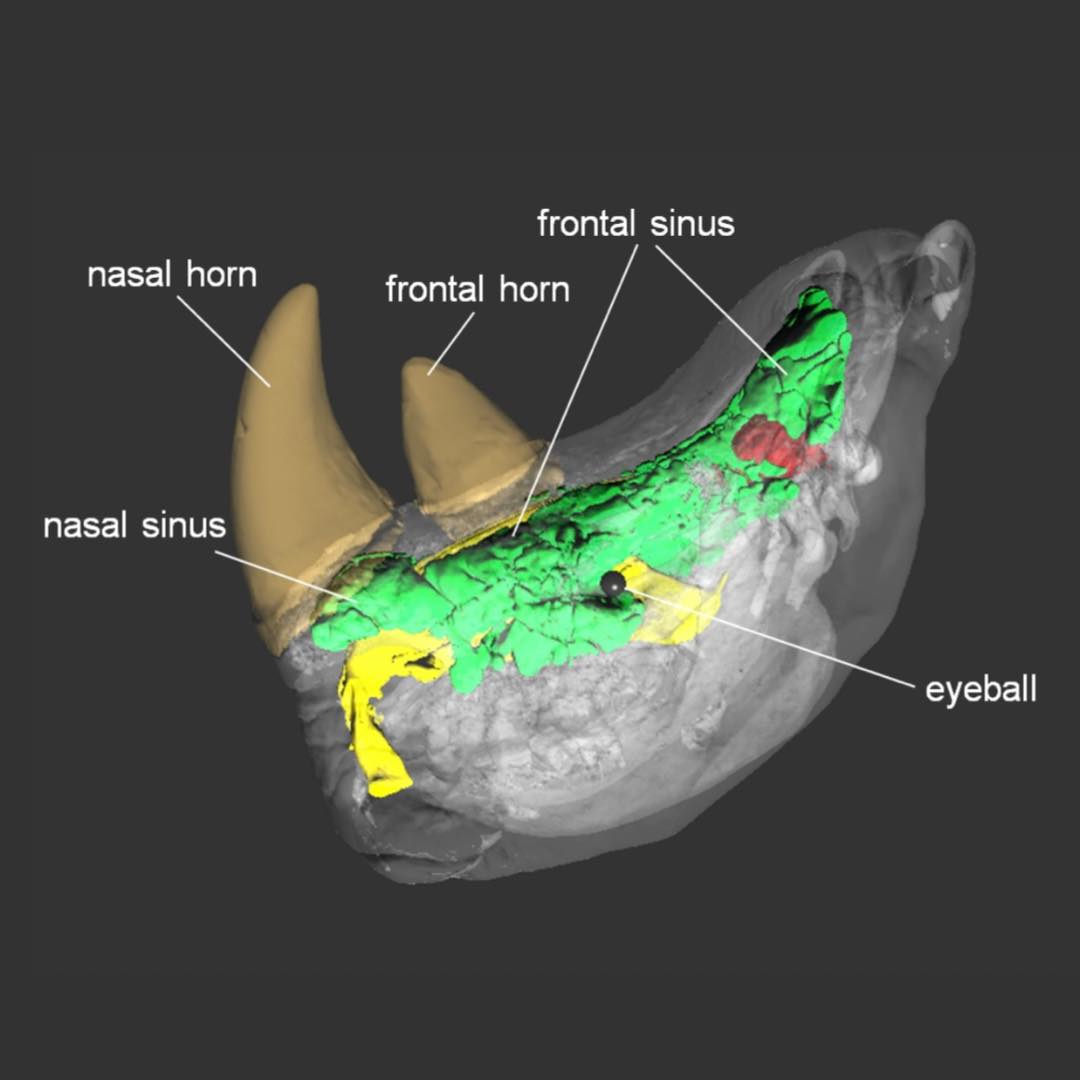
- Methodology:
- Injection of Radioisotopes: Tiny radioactive chips, specifically radioisotopes, are injected into the horns of live rhinoceroses. These radioisotopes are intended to set off radiation detectors at border posts globally.
- Dose and Safety: The dose of radioactive material is low enough not to affect the health of the rhinoceros or the environment.
- Duration and Cost: The radioactive material lasts for five years, which is more cost-effective than dehorning every 18 months.
Pilot Study
- Sample Size: 20 live rhinos.
- Procedure:
- Each rhino is sedated.
- A small hole is drilled into the horn.
- The radioisotope is inserted.
- The horn is covered with 11,000 microdots to further track and identify the horn.
Monitoring and Aftercare
- Follow-Up: The project includes regular follow-up blood samples to monitor the health and safety of the rhinos.
- Aftercare Protocol: Adheres to strict scientific and ethical standards to ensure the well-being of the rhinos post-procedure.
Potential Outcomes and Impact
- Detection at Borders: Enhanced ability to detect illegally transported rhino horns, potentially reducing poaching activities.
- Cost-Effectiveness: Reduces the frequency and associated costs of traditional dehorning.
- Animal Welfare: Minimises physical harm to rhinos compared to dehorning.
Challenges
- Ethical Considerations: The ethical implications of injecting radioactive materials into live animals.
- Effectiveness: The actual efficacy in reducing poaching on a large scale and the potential for global implementation of such border detection technologies.
- Long-Term Health Effects: Longitudinal studies are needed to fully understand any long-term health impacts on the rhinos.
Conclusion
The Rhisotope project represents a groundbreaking approach to wildlife conservation, leveraging modern technology and interdisciplinary collaboration to tackle the persistent problem of rhino poaching. This initiative could serve as a model for other conservation efforts around the world, showcasing how innovative, science-based solutions can help protect endangered species.
Examples, Case Studies and Data
- Freedom of Religion (GS 2): The U.S. State Department’s annual religious freedom report criticised India for increasing anti-conversion laws, hate speech, and demolitions affecting minority faiths.


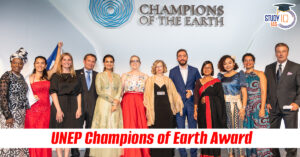 UNEP Champions of the Earth Award: UN's ...
UNEP Champions of the Earth Award: UN's ...
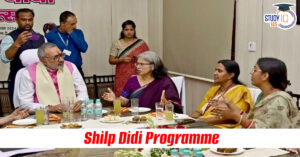 Shilp Didi Programme: Empowering Women A...
Shilp Didi Programme: Empowering Women A...
 Is the Falling Rupee a Cause for Alarm?
Is the Falling Rupee a Cause for Alarm?



